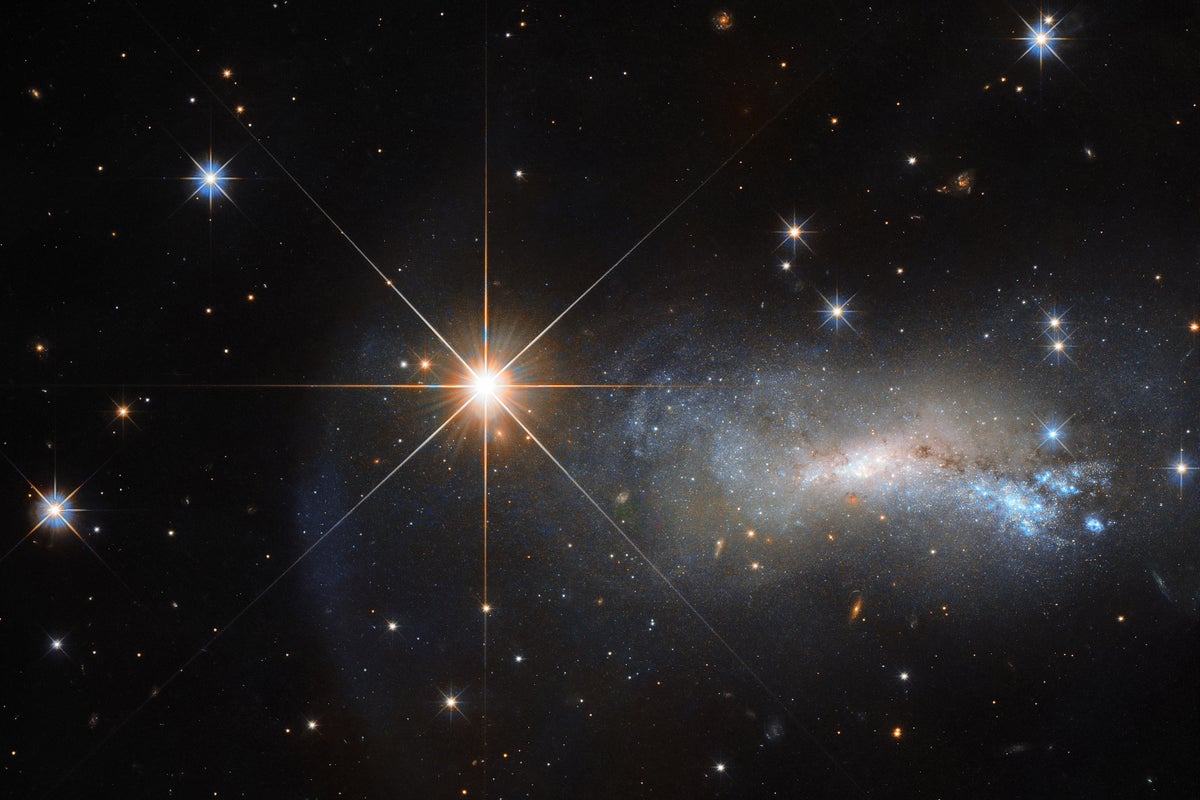Now Reading: Why Do Stars Twinkle?
-
01
Why Do Stars Twinkle?
Why Do Stars Twinkle?

Quick Summary
- Phenomenon Clarification: twinkling of stars, scientifically termed “scintillation,” occurs due to Earth’s atmospheric turbulence. Light refracts as it passes through air parcels of varying densities, causing stars to appear as if they shift in position and color.
- Historical Context: Ancient Greeks misunderstood twinkling, attributing it to flawed human vision. Isaac Newton later identified light refraction as the cause.
- Astronomical Effects: Twinkling can distort observations, making faint celestial objects fainter and blurring distant galaxies when observed with telescopes.
- Solution via Technology: Adaptive optics in ground-based telescopes correct twinkling effects using deformable mirrors adjusted based on real-time measurements.
- Scientific Request: Scintillation also enables studies of interstellar plasma using radio waves. Recent research utilized this effect to map structures within the “Local Bubble” near Earth’s sun-showing surprising turbulence sustained by large plasma arcs.
Indian Opinion Analysis
The phenomenon of star twinkling underscores the interplay between natural beauty and scientific challenges. For India-a nation investing significantly in astronomy through projects like the Thirty Meter Telescope (TMT)-understanding scintillation is critical for precision observation from ground-based observatories due to atmospheric turbulence over diverse geographical areas. The use of adaptive optics technology could play a pivotal role in enhancing India’s capacity for advanced space research.
Additionally, leveraging scintillation effects for studying cosmic plasma opens new vistas for contributing globally critically important findings about our galaxy’s architecture or phenomena close to our solar system-a promising avenue given India’s active participation in international astrophysical collaborations like ISRO’s recent solar mission Aditya-L1.Read More here




























